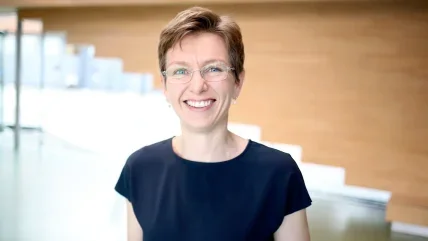
She will take up the position on January 1, 2025.
Roth, a Norwegian national, will bring a wealth of knowledge and a proven track record in transport infrastructure and organisation administration to the position. She will join the ITA at a pivotal time for the Association and the demands on the global tunnelling and underground infrastructure industry.
“Helen’s leadership and experience qualities are precisely what the ITA needs to navigate the evolving growth and administration of our Association,” said ITA president Arnold Dix. “Her proven ability to drive innovation, foster collaboration, and achieve results makes her the ideal steward for our activities and ambitions. We are thrilled to welcome her and excited to chart the way forward with her.”
Roth will oversee the smooth and efficient operation of the Association’s executive council and the services of its central secretariat to ensure the interconnectivity of the ITA federation of 80 member nations, its committees, working groups, and members, and its association with the United Nations and other global partners and collaborators. She is fluent in English and Germany and has a knowledge of French and other languages,
“I am eager to embark on this new journey for me and the ITA,” said Roth. “The tunnelling industry is at the forefront of solving some of the world’s most pressing infrastructure challenges, and I am honoured to lead an organisation that plays such an influential role in shaping a sustainable future for the world.”
For the past eight years Roth has been CEO of VIA, a national Norwegian transport infrastructure network created to facilitate collaboration, entrepreneurship and innovation throughout the value chain for safe, smart and sustainable road solutions, including bridges and tunnels – areas in which Norway has vast global experience. Under her leadership, VIA has become a key player in shaping Norway’s future transport infrastructure.
Roth joins the ITA at a time of exponential growth in global urbanisation and critical demand on infrastructure to meet huge global challenges, including the consequences of rapid climate change, the rise of humanity on the move as refugees, and aspirations to meet the UN’s 17 Sustainable Development Goals.







